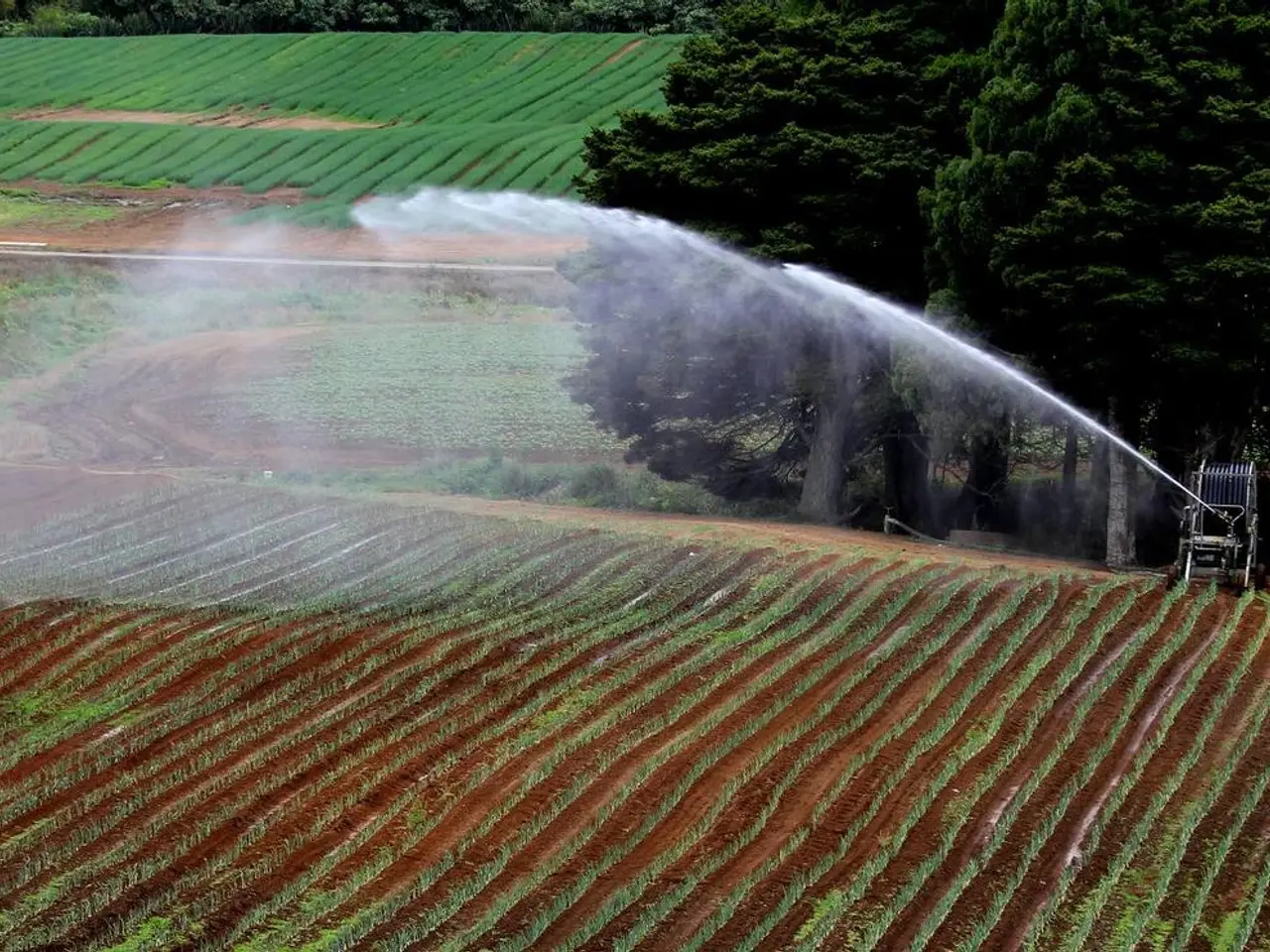Impact of Anaerobic Digestion on Energy Generation and Waste Disposal for Bioenergy
In the United States, the anaerobic digestion (AD) landscape is diverse, with approximately 250 farm-scale AD plants, 1,250 wastewater treatment plants, and just 38 industrial stand-alone AD plants. This article explores the economic feasibility of large-scale AD systems compared to smaller counterparts.
Economies of Scale
Large-scale centralized AD plants, producing 0.1-1.0 MW of electricity or more, benefit from economies of scale. These systems offer reduced average costs per unit of biogas produced, better energy market access, and the potential for co-digestion (combining animal manure with food waste). This improves biogas yields and revenues from energy sales and gate fees for waste.
Technical Complexity and Costs
Despite higher upfront capital costs and operational expenses due to more sophisticated infrastructure and possibly thermophilic digestion, large-scale plants achieve lower unit production costs through scale. Small household digesters, on the other hand, have lower capital costs but often limited outputs, making them less economically viable purely as energy producers.
Revenue Influences
Electricity and energy prices are primary factors driving economic returns for AD systems. Higher electricity prices and government subsidies improve net present value (NPV) and internal rate of return (IRR) significantly. However, volatility in power markets poses a risk.
Feedstock and Co-Digestion
Co-digestion of multiple organic wastes not only increases biogas yield but can also generate tipping fees, thus enhancing revenue streams. The digestate can be repurposed as nutrient-rich fertilizer, adding value by reducing nutrient management costs or via fertilizer sales.
Policy and Financial Support
Direct financial assistance such as subsidies, grants, or incentives reduces financial barriers. Policy frameworks that reward renewable energy or carbon offsets can increase revenues or reduce risks. Partnerships or third-party operated models can also improve economic feasibility for farm-based AD systems by sharing operational and financial risk.
Small-scale Household Digesters
These serve primarily for localized waste treatment and energy production but usually do not generate significant revenues or economies of scale. Their costs are mostly upfront and operational convenience-based; without subsidies or external revenue streams, they often lack strong financial returns compared to large systems.
Sensitivity to Market and Regulatory Conditions
Both scales are sensitive to fluctuations in feedstock availability, energy market prices, and regulatory changes that affect subsidies or carbon pricing mechanisms. Large systems generally have more capacity to manage risks through diversified markets and feedstocks.
In summary, while small household digesters have value for localized waste treatment and energy production, large-scale AD systems are more economically feasible for commercial viability and higher revenue generation. Economic assessments typically highlight electricity prices and government subsidies as crucial levers influencing financial outcomes.
Global Perspective
Large-scale digesters are historically more prevalent in developed countries, especially in Europe. Economic benefits of AD systems include reducing fossil fuel expenses, generating income from excess energy, and reducing fertilizer inputs. Centralized or joint systems codigest animal manure of several farms with other organic matter, such as food waste and the organic fraction of municipal solid waste.
AD is used worldwide, with Europe being the leader, Asia having the largest number of digesters, and the United States having about 2,100 operational AD plants. Operating cost for large-scale AD systems depends on AD plant size and varies from $18 to $100/ton of feedstock handled by the plant.
In Asia, where small-scale digesters have been implemented for a longer time, the cost is more consistent compared to Africa and Latin America. Biogas, a mixture of gases mainly methane (CH) and carbon dioxide (CO), can be used as a transportation fuel after upgrading to biomethane.
Capital cost is the main contributor to the production cost for AD systems. AD transforms organic matter into biogas and a nutrient-rich effluent or "digestate." The digestate can be land-applied as a fertilizer and soil amendment.
In the United States, there is a great prospect for the growth of the AD industry with a potential to generate enough energy to power 1.09 million homes by utilizing manure from 8,000 dairy and swine farms. However, large-scale AD systems require high capital investment and maintenance.
AD is a biochemical process that uses microorganisms to degrade organic materials. It is mostly used for treatment of liquid and solid wastes, such as industrial wastewater with high organic content, the organic fraction of municipal solid waste, and sewage sludge.
Europe mainly has two models for digester operation: "centralized" systems and "farm-scale" digesters. Biogas can be upgraded to biomethane and injected into the natural gas grid, reducing greenhouse gas emissions.
In conclusion, large-scale AD systems offer significant economic potential, particularly in developed countries. With the right policy support and feedstock management, these systems can contribute to energy independence, reduced carbon emissions, and sustainable waste management.
Read also:
- President von der Leyen's address at the Fourth Renewable Hydrogen Summit, delivered remotely
- Unveiling Innovation in Propulsion: A Deep Dive into the Advantages and Obstacles of Magnetic Engines
- Intensified farm machinery emissions posing challenges to China's net-zero targets
- EU Fuel Ban Alerts Mercedes Boss of Potential Crisis







